Research News
- Dr Divya Chaturvedi steps up her research with SERB-POWER grant May 25, 2022
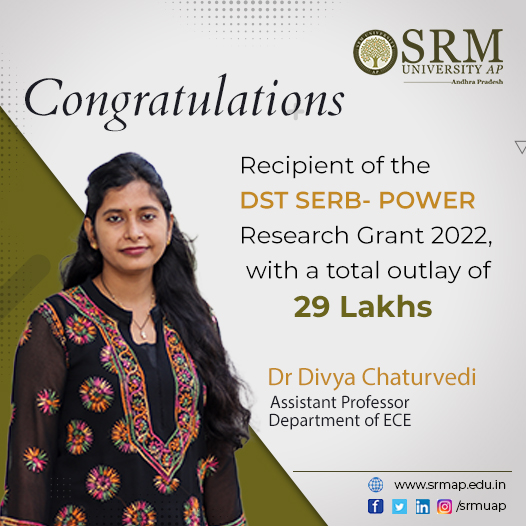
Dr Divya Chaturvedi from the Department of Electronics and Communication Engineering has been awarded the SERB-POWER research grant that amounts to a total of 29 lakhs for a period of three years. The grant was sanctioned for her research titled “Development of Breast Cancer Detecting System Based on Microwave Antenna-Array-Sensors and its Implementation to Internet of Medical Things (IoMT)”.
SERB- POWER (Promoting Opportunities for Women in Exploratory Research) research grants is a scheme initiated by the Government of India with an aim to encourage emerging and eminent women researchers for individual-centric and competitive mode of research funding to undertake R&D activities in frontier areas of science and engineering.
Her study on developing a breast cancer detection system has gained immense attention due to the global increase of the malady in recent decades. It has become the most common cancer diagnosed in women across all age groups. Despite the different tests such as Mammograms, ultrasound, and MRI available to diagnose the disease, there has been little considerable improvement in bringing down the caseload.
Dr Divya’s research intends to develop an advanced detection technique based on Antenna-Array-Sensors and she is attempting to put it into implementation through the Internet of Medical Things (IoMT). Connecting the medical devices to healthcare IT systems through online computer networks will allow the easier and quicker detection of the defect. This may go down as a milestone achievement in the medical domain.
The research grant will help in building better- equipped research lab with the most modern amenities and hiring more manpower to fulfil the project objectives. In the words of Dr Divya, “Better research facilities will aid the faculty in performing various experiments. They will save their travelling time to other universities for accessing research infrastructure. The students can also avail the advantage to intensify their research initiatives”. Through the project she envisions to establish a collaborative dedicated research group that will help in fulfilling the various objectives of the project.
Continue reading → - Tracking the growth of health expenditure in the Middle East May 25, 2022

Middle East countries are characterized by a growing burden of chronic diseases such as diabetes, cancer, cardiovascular diseases, and respiratory diseases in recent times. These are health conditions that require regular access to care in order to lower their morbidity and mortality burden. Hence, healthcare-focused research and development spending has the potential to uncover new methods for the diagnosis and treatment of different health conditions, lower their cost of care, along with reducing morbidity and mortality burden in the population.
Having conducted comprehensive research in this regard, an article titled “Predicting Key Drivers for Health Care Expenditure Growth in the Middle East Region: A Grossman-PLS Modeling Approach” has been published by Dr Shailender Singh and his PhD scholar Mr Muhammad Muazu Bala from the Department of Commerce. It was published in the Journal, ‘Expert Review of Pharmacoeconomics & Outcomes Research’ having an Impact Factor of 2.31. The research was led in collaboration with Dr Nishant Kumar from Amity University, Noida.
The results obtained from the study show that the supply side of care (HSCI) has contributed more than the demand side (SDI) in determining the overall level of health care expenditure of the Middle East countries. This implied that massive investment targeted at achieving high-quality healthcare systems is more noticeable in determining the overall level of health care expenditure. Though progress towards a high-quality health system is a desirable health care goal, particularly for LMICs (Low- and middle-income countries), available evidence shows that expenditure on research and development is quite low.
The study recommends an expansion of health insurance coverage to induce greater utilization of health care services particularly among the aging cohort of the population. The promoters of Universal Health Coverage (UHC) such as the World Health Organization (WHO) and the World Bank have emphasized that obtaining health insurance coverage will induce greater access to health services without facing financial hardships. In line with the findings of this study, since real wage is statistically significant, mandatory employment-based health insurance may induce greater utilization of health services and provide financial risk protection for formal sector employees.
However, this alone will not suffice to achieve greater improvement in health outcomes, especially for LMICs characterized by the largest share of informal sector employment. Thus, other forms of health insurance such as community–based health insurance may help to cover the informal sector and the vast segment of the population that lives in rural areas. Moreover, other pro-poor publicly financed health care payment mechanisms could be a promising path for promoting access to health services and guaranteeing financial risk protection for the poor.

The research infers that health system stakeholders in the Middle East should prioritize exploiting the available resources for strengthening the capacity of their health systems. Also, available data shows that expenditure on research and development is quite low and thus should be considerably increased so that new inventions, innovations, and discoveries could be unleashed for better understanding, treatment, and diagnosis of different health conditions for improving health outcomes.
Abstract of the Research
Initially, this study provides empirical evidence to the Grossman theoretical model using macro-level panel data for 15 countries of the Middle East region from 2000 through 2016. During the second phase, contradistinction analysis is executed and a parallel model of the demand for care as a function of health system capacity indicators is estimated. Lastly, for robustness checks, a new predictive model is developed carrying forward the outcome from Grossman and the parallel models. A variance-based partial least square structural equation modeling (PLS-SEM) is applied to analyse the interaction between health expenditure and the latent construct: socio-demographic factor and health system capacity. Results elucidate that the relative wage rate and the ageing variables are the only indicators that are statistically significant with theoretically consistent signs as postulated by Grossman’s theoretical model. The exact opposite is true with schooling and the proxy of the medical care relative prices. However, in the parallel model, all the four drivers of the demand for care are statistically significant with robust standard errors. Therefore, the Middle East’s data has comparatively a better fit in the parallel model than it does in the Grossman model. Also, the integrated estimation model supports the results of the separate models.
- Dr Anu Kuriakose bestowed with CM’s Nava Kerala Research Fellowship May 23, 2022
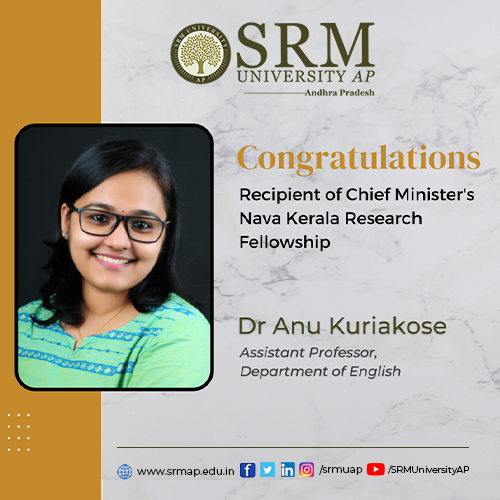
The Government of Kerala has chosen Dr Anu Kuriakose from the Department of English for the prestigious Chief Minister’s Nava Kerala Research Fellowship in the stream of Political Science, Historical Studies, Humanities & Liberal Arts. The award has been designed by Kerala Government to further the state’s development plans by promoting research across various disciplines. Dr Anu obtained the grant for her intriguing study in the domain of gender studies. She intends to look at the digital turn in the genderqueer movements in Kerala with a cross-cultural perspective from any specific locale in Europe.
There have been many research studies involving the examination of queer and trans representation in media. With the turn of the century, we witnessed a remarkable shift in the digital representation of the queer community.
Through her research “Dissenting Heteronormativity and Mainstreaming Identity: A Critical Assessment of the Digital Turn in GenderQueer Movements in Kerala”, Dr Anu is fixated on uncovering the digital collectives in which Malayali genderqueer people are also a part of and the digital turn in the genderqueer movement in Kerala, of late.
She expressed her delight over receiving this opportunity that could help her make substantial contributions to the state’s progress. “I feel proud and humbled for getting this title; my project aims to map the genderqueer movements, the digitally networked associations of which Malayali gender non-conforming people are part, and the nuances of their digital turn at present”, she said.
The Department of English, University of Calicut, has agreed to be a hosting centre for the research project. The GEXcel International Collegium for Advanced Transdisciplinary Gender Studies, Karlstad University Sweden, has also agreed to collaborate. She also wishes to make SRM University-AP a stakeholder in the same.
“I am hugely motivated by the weight SRM University-AP gives to research. From making collaborations to publishing papers in reputed journals and receiving grants from external bodies, the university has anchored as an encouraging platform to stimulate the research pursuits of its faculty and students”, she maintained. “I am truly indebted to my peers and everyone here for providing a conducive environment to fructify my research interests”, remarked Dr Anu.
Continue reading → - Towards green whiskey production May 23, 2022
Dr Karthik Rajendran, Assistant Professor from the Department of Environmental Science, has added another paper to his list of publications. His paper titled Towards green whiskey production: anaerobic digestion of distillery by-products and the effects of pretreatment has been published in the Journal of Cleaner Production (Q1 category) with an impact factor of 9.2.
Abstract of the research
 Using renewable biogas from anaerobic digestion of distillery by-products as a low carbon heat source can decarbonise the distillery process and support the distillery industry for a transition to a more sustainable production process. The study investigated the anaerobic digestion performance of different types of whiskey by-products and the effects of acid pre-treatment on the digestion of solid by-products. Results of biomethane potential assays showed that the methane yield from the unprocessed by-products was 330 mL/g volatile solids (VS) from draff, 495 mL/g VS from thin stillage, and 503 mL/g VS from thick stillage. For the processed by-products, the specific methane yield was 370 mL/g VS from cake maize, 382 mL/g VS from wet distillers’ grains with solubles (WDGS), and 545 mL/g VS from syrup. Acid pre-treatment (1% H2SO4 at 135 ◦C for 15 min) did not significantly improve the methane yield from solid by-products (such as draff and WDGS) but reduced the digestion time by 54.5% for cake maize. The microbial community analysis revealed that methane production from the untreated and acid-pre-treated solid by-products (draff and WDGS) was mainly through the hydrogenotrophic methanogenesis pathway. The gross thermal energy in the form of methane produced from 100 tonnes of mixed unprocessed by-products (draff, thin stillage, and thick stillage) was calculated as 24.4 MWthh equivalents to 60.6% of the thermal energy consumed in whiskey production, which affected the same percentage of CO2 emissions reduction.
Using renewable biogas from anaerobic digestion of distillery by-products as a low carbon heat source can decarbonise the distillery process and support the distillery industry for a transition to a more sustainable production process. The study investigated the anaerobic digestion performance of different types of whiskey by-products and the effects of acid pre-treatment on the digestion of solid by-products. Results of biomethane potential assays showed that the methane yield from the unprocessed by-products was 330 mL/g volatile solids (VS) from draff, 495 mL/g VS from thin stillage, and 503 mL/g VS from thick stillage. For the processed by-products, the specific methane yield was 370 mL/g VS from cake maize, 382 mL/g VS from wet distillers’ grains with solubles (WDGS), and 545 mL/g VS from syrup. Acid pre-treatment (1% H2SO4 at 135 ◦C for 15 min) did not significantly improve the methane yield from solid by-products (such as draff and WDGS) but reduced the digestion time by 54.5% for cake maize. The microbial community analysis revealed that methane production from the untreated and acid-pre-treated solid by-products (draff and WDGS) was mainly through the hydrogenotrophic methanogenesis pathway. The gross thermal energy in the form of methane produced from 100 tonnes of mixed unprocessed by-products (draff, thin stillage, and thick stillage) was calculated as 24.4 MWthh equivalents to 60.6% of the thermal energy consumed in whiskey production, which affected the same percentage of CO2 emissions reduction.Explanation of the research
Many industries meet their energy demand based on the fossil fuels such as coal, oil, and natural gas, which increases carbon dioxide emissions. Alcohol production is one of the heavy fossil fuel using industries, especially in distillation. The waste after alcohol production can be used to produce methane, which can be used as energy in distillation, reducing the need for energy consumption. By consuming the waste and producing energy, up to 60% of thermal energy could be reduced. This also reduces the CO2 emission by 60%. Alcohol industries can use their waste to decarbonise the energy demand, thus meeting the net-zero. India is expected to reach net-zero by 2070, which will be a bigger addition as a part of it.
In this research, Dr Karthik Rajendran has collaborated with Professor Jerry Murphy, UCC, Ireland, and Dr Richen Lin, UCC, Ireland. Applying the similar concept in the Indian context is his future plan for this research.
Continue reading → - DST-SERB international research fellowship for Dr Raviteja May 20, 2022
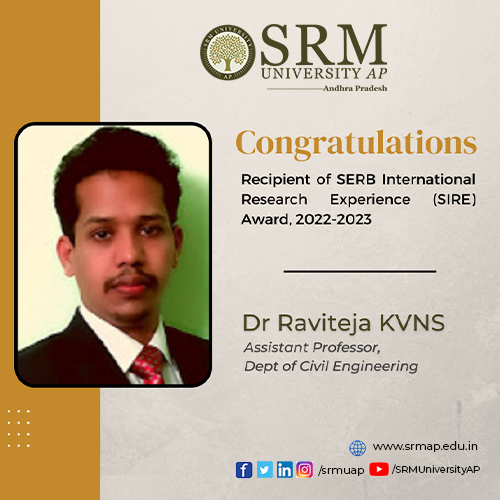
SERB International Research Experience (SIRE) is a coveted opportunity for passionate researchers to collaborate with leading institutions across the globe for high-end research training in frontier areas of Science and Technology. Dr Raviteja from the Department of Civil Engineering has earned this opportunity through his resourceful project titled “Sustainable Ash based Geosynthetic Clay Liners for MSW Landfills”. The work proposes a sustainable design of solid waste landfill liners using industrial by-products like fly ash.
Municipal solid waste (MSW) landfills need to be lined at the bottom to avoid contaminant transport. The conveyance of noxious pollutants from the landfill to the natural ground can be restricted using natural or synthetic barriers. In general, natural materials like clays/bentonites in combination with geomembranes (GMB) are used in liners. However, to increase the strength properties and reduce the compressibility characteristics, bentonites are often mixed with sand. With the increased cost and scarcity of sand, there is a renewed interest among the researchers to identify an alternative material to replace sand proportion in compacted GCLs in MSW landfills. Among several materials, fly ash is proved to be a potential substitute for sand in landfill liners.
This experience will serve as an excellent opportunity to work at one of the world-renowned, state-of-the-art geoenvironmental laboratories at the University of Illinois Chicago. “I feel fortunate to collaborate with Prof. Krishna Reddy, one of the eminent researchers in the geoenvironmental research fraternity. My research at UIC would be on developing sustainable ash-based geosynthetic clay liners for MSW landfills. I also wish to pursue recent advances in this area and identify a framework for my future research”, said Dr Raviteja. The project will help him establish strong research collaborations with experts in the geotechnical labs at other US universities. He can also make field visits to identify the practical problems and direct his research toward the real-field applicability.
With an enriching research exposure at UIC, he will be able to formulate innovative and advanced research problems to enhance the visibility and applicability of his project. Presenting this work at various conferences and seminars will also attract various potential collaborations and MoU with other universities abroad. According to him, “this is a less explored domain that will immensely benefit research scholars and undergraduate students to invent new possibilities and scopes in the future”.
- Remodelling fan blades to downsize the bird strike impact May 19, 2022
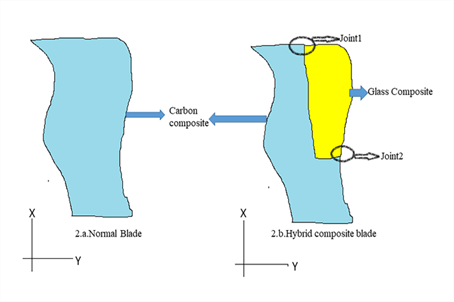 Bird strikes are a crucial phenomenon that should be taken into consideration while designing aircraft. Bird strikes have been reported since the early days of flight causing fatal disasters. It is estimated that around 300 people were killed, and several aircraft were destroyed because of bird strikes. A great deal of research has been conducted to tweak the design of aircraft to bring down the impact of bird strikes. Prof Prakash Jadhav and his PhD scholar Gruhalakshmi Yella from the Department of Mechanical Engineering have published a paper offering an appropriate solution in this regard.
Bird strikes are a crucial phenomenon that should be taken into consideration while designing aircraft. Bird strikes have been reported since the early days of flight causing fatal disasters. It is estimated that around 300 people were killed, and several aircraft were destroyed because of bird strikes. A great deal of research has been conducted to tweak the design of aircraft to bring down the impact of bird strikes. Prof Prakash Jadhav and his PhD scholar Gruhalakshmi Yella from the Department of Mechanical Engineering have published a paper offering an appropriate solution in this regard.Their paper titled “Hybrid joint interface in composite fan blade subjected to bird strike loading” has been published in the international journal, ‘Proceedings of the Institution of Mechanical Engineers, Part C: Journal of Mechanical Engineering Science’ having an impact factor of 1.76. The research puts forward an ideal solution to alter the design of the aircraft fan blades which are frequently being subjected to such collisions. The duo proposes a hybrid joint interface using two fibres instead of a single fibre.
Some delamination failures observed in the trailing edge of the blades could probably increase the effect of such bird strikes. For rectifying the delamination problem, the proposed solution is to use a material with higher strain capability such as glass fibres in the areas on the fan blade which are prone to delamination, while maintaining carbon material on the remaining blade. The concept is proved by first performing a static analysis on 3D FEA coupons with an in-built hybrid interface joint and next by performing a dynamic bird strike analysis on 3D FEA coupons and sub-element models with an in-built hybrid interface.
Abstract of the Research
Fan blades are one of the most important components of an aircraft engine. Bird strikes on fan blades have always been a cause of worry and it can cause slices of birds to hit other parts of the engine which may lead to greater damage. Bird strikes cannot be completely avoided. Although current composite blades can withstand the bird strike impact, some delamination failures are still observed on the trailing edge side of the blade, possibly due to vibration bending modes. This paper talks about using two fibres in a composite blade instead of the current single fibre one. For this to be feasible, two fibre joints at various locations on the blade must be properly designed. The design criteria used here is the lowest inter-laminar shear strain level at critical joint locations.
- Dr Sheela Singh secures patent for novel method of engine piston rings May 18, 2022
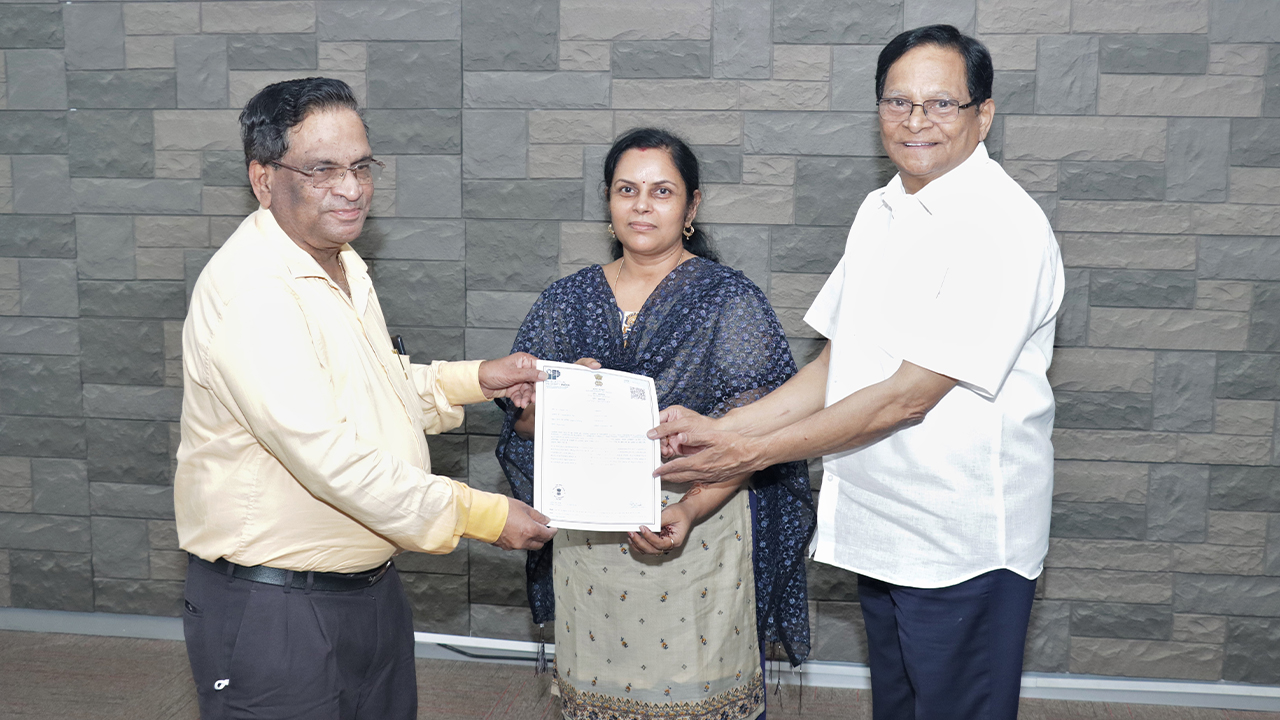
Research at SRM University-AP shows that applying a composite coating of chromium aluminum carbide (CR2 ALC) to the engine piston rings not only improves piston performance but also increases engine life, efficiency and lubrication. The university obtained a patent for the same under the title “NICKEL MOLYBDENUM ALUMINIUM (NIMOAL) – CHROMIUM ALUMINIUM CARBIDE (CR2ALC) MAX PHASE COMPOSITE COATINGS FOR AUTOMOTIVE APPLICATIONS AND A METHOD FOR MAKING THE SAME”.
For any vehicle to run efficiently for a long time, its engine must be good. The rings on piston further improve the engine performance. It is in this context that many efforts are being made by scientists to develop piston rings with the new scientific technologies. Dr Sheela Singh, Associate Professor in the Department of Mechanical Engineering at SRM AP, has been conducting comprehensive research on the subject for three years with research student Deepak Davis.
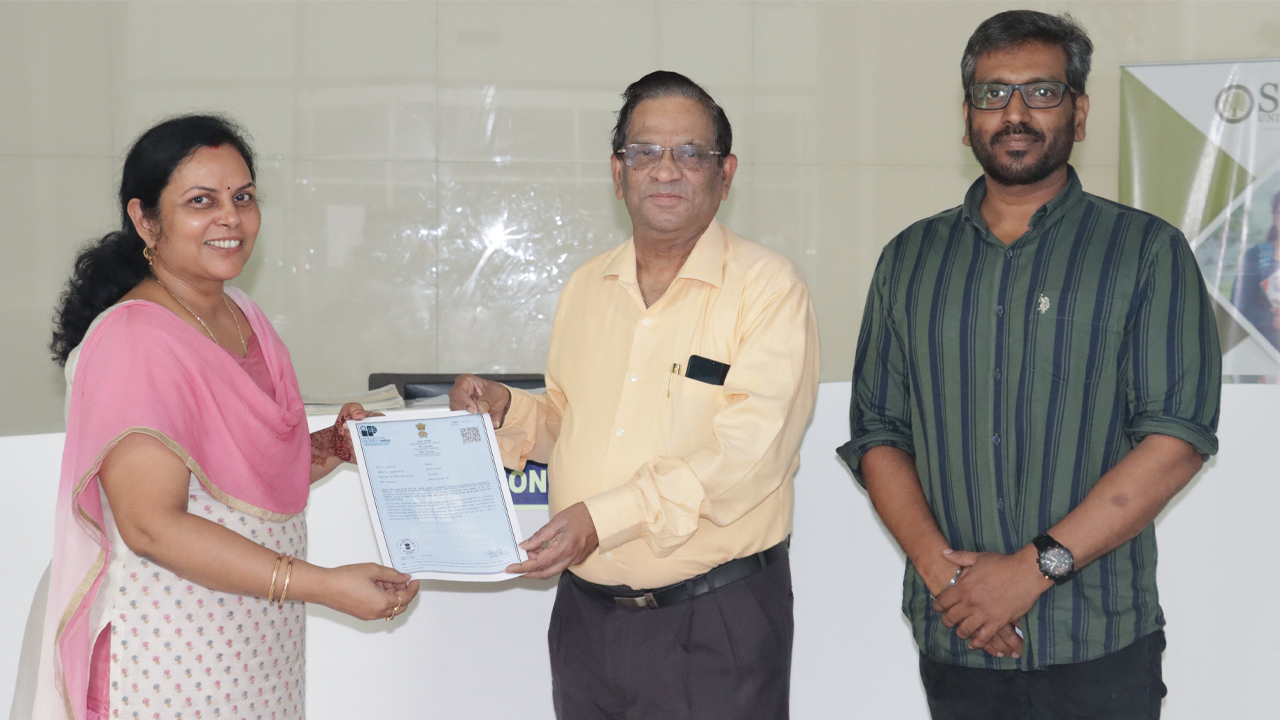
The piston rings of motor vehicles currently on the market have a coating with nickel molybdenum aluminum. SRM University-AP researchers say it would be better to use a composite coating made with chromium aluminum carbide instead. If the piston rings have high velocity and lubrication properties, their rigidity is good and it is better to use chromium aluminum carbide (CR2LC).
The Patent Certificate is issued by the Patent Office, Government of India, after thorough examination. University President Dr Satyanarayanan, Vice-Chancellor Prof V S Rao, Pro Vice-Chancellor Prof D Narayana Rao and others lauded Dr Sheela Singh and Deepak Davis for their fervent research and innovation. This is the second patent granted to SRM University-AP.
Continue reading → - PAN/PVP blend nanofiber air filtration mechanism May 18, 2022
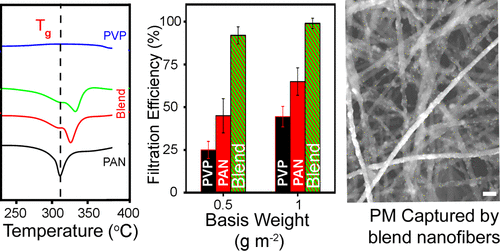
Studies and research on air pollution have sparked worldwide interest in the recent decades to overcome the imminent threat of air pollution. The air filtration mechanism is one of the efficient ways to capture particulate matter (PM) and purify the air. An innovatory air filtration mechanism blending polyacrylonitrile (PAN)/polyvinylpyrrolidone (PVP) polymer nanofibers has been proposed by Prof Ranjit Thapa and his PhD scholar Deepak S Gavali from the Department of Physics.
The paper “Low Basis Weight Polyacrylonitrile/Polyvinylpyrrolidone Blended Nanofiber Membranes for Efficient Particulate Matter Capture” was published in collaboration with Applied NanoPhysics Laboratory, Department of Physics and Nanotechnology, SRM Institute of Science and Technology, Kattankulathur. It was featured in the journal ‘ACS Applied Polymer Materials’ having an Impact Factor of 4.09.
In the twenty-first century, air pollution is a major problem facing human and environmental health. Every year, millions of people die, mostly in developing nations, owing to the aggravating level of air pollution. According to the World Health Organization (WHO), 92 per cent of the people live in places where the air quality level has crossed the WHO limits. Particulate matter (PM) (solid or liquid particles with different aerodynamic diameters), nitrogen dioxide (NO2), ozone (O3), and others are the relevant air contaminants.
In low-income cities, the effect of PM 2.5 pollution is high due to high urban air pollution. Even at very low concentrations, PM 2.5 (particles with an aerodynamic diameter less than 2.5 µm) pollution has health consequences. Air filtration is one of the best remedies to tackle such problems and maintain a clean environment for humans. Among the available air filter materials, fiber-based air filters have proven to be the most potentially effective treatment, due to their high porosity, high surface area, lightweight, etc.
This study relies on a careful design that blends PAN and PVP fibers. The resultant nanofiber material is utilized to overcome the low air pressure resistance issue with high filtration efficiency. Large-scale free-standing nanofibers were obtained by a simple peeling-off process. The morphology, chemical interaction between the filter media and PM pollutant; and filtration properties were investigated. Compared to commercial mask, the semi- high-efficiency particulate air (HEPA) filter media, PAN/PVP filter medium showed superior performance in PM 2.5 filtration. Furthermore, the intermolecular interactions between PMs and nanofibers were analyzed by DFT calculations. With constant optimization of synthesis conditions, the synthesized air filters achieved high filtration efficiency for PM removal and showed great potential for practical application.
Abstract of the Research
Particulate matter (PM) in air frequently poses a serious threat to human health. Smaller PM can easily enter into the alveolus and blood vessels with airflow. This work reports the first polyacrylonitrile (PAN)/polyvinylpyrrolidone (PVP) polymer blend nanofiber filter media for effectively capturing PM. Density functional theory (DFT) calculations are used to investigate the effect of the blending of two polymers on the dipole moment and the electrostatic potential. Based on the DFT calculations of the intermolecular interactions between nanofibers and PM, the PAN/PVP heteromolecular percentage is considered for experimental synthesis, which can provide better performance in the filtration of pollutants. The composite PAN/PVP fiber network was successfully developed and optimized to cope with complex environments during the actual filtration process. The role of the blending ratio of PAN and PVP in wt % was explored on PM 2.5 capture, and the refined ratio overcame the conflict between high filtration efficiency and low air pressure resistance. The air filter medium PAN/PVP (6:2) possesses an extremely high air filtration efficiency of 92% under a very low pressure drop of 18 Pa for a 0.5 g m–2 basis weight. Both polar and nonpolar functional groups in blend nanofibers promoted significantly the electrostatic attraction and improved the filtration efficiency under static and dynamic airflow. The PAN/PVP nanofiber membranes maintain outstanding air filtration under different temperature and humidity conditions. This study will shed light on the fabrication of high-efficiency low-basis weight nanofiber filter media as an end product.
Continue reading → - Inventing an alternate universe of sign language May 13, 2022
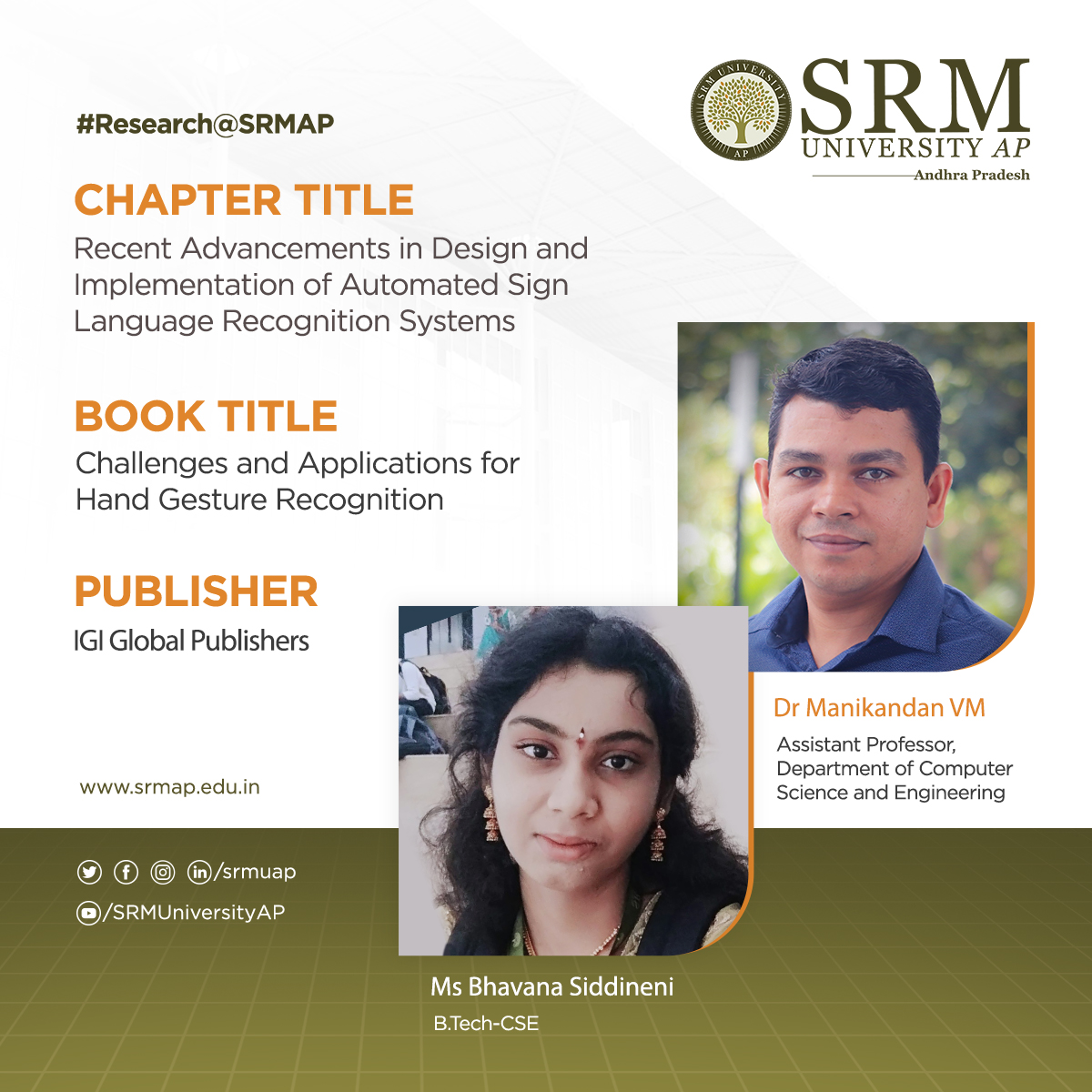 Deaf and mute people have used sign language to communicate their thoughts and feelings for a long time. Since there is no universal sign language, the needy people use country-specific sign languages. An automated sign language recognition system is a universal solution to this impediment. Dr Manikandan V M, Assistant Professor, Department of Computer Science Engineering, and his student, Ms Bhavana Siddineni, have been working in this regard to ease the communication technology. They have published a chapter in the book, ‘Challenges and Applications for Hand Gesture Recognition’. The book is published by IGI Global Publishers, a leading international academic publisher. The chapter is titled “Recent Advancements in Design and Implementation of Automated Sign Language Recognition Systems”.
Deaf and mute people have used sign language to communicate their thoughts and feelings for a long time. Since there is no universal sign language, the needy people use country-specific sign languages. An automated sign language recognition system is a universal solution to this impediment. Dr Manikandan V M, Assistant Professor, Department of Computer Science Engineering, and his student, Ms Bhavana Siddineni, have been working in this regard to ease the communication technology. They have published a chapter in the book, ‘Challenges and Applications for Hand Gesture Recognition’. The book is published by IGI Global Publishers, a leading international academic publisher. The chapter is titled “Recent Advancements in Design and Implementation of Automated Sign Language Recognition Systems”.Sign language systems in practice are invariably specific to a territory. For example, American Sign Language (ASL) is popularly used by Americans, and Indian Sign Language (ISL) is commonly practised in India. Communication between two people who know the specific sign language is relatively easy. But, if a mute person wants to communicate with another person who is not familiar with sign language, it is a difficult task, and a sign language interpreter is required to translate the signs. This issue motivated the computer scientist to work on automated sign language recognition systems capable of recognizing the signs from specific sign languages and converting them into text information or audio so that the common people can understand them easily.
Through the proposal put forward in the publication, our researchers are planning to design and implement a reliable Automated Sign Language Recognition system in the future. This book chapter will be a useful reference for students who wish to start their research work in the domain of Automated Sign Language Recognition.
Continue reading → - Guest Associate Editor in ‘Frontier in Control Engineering’ journal May 13, 2022
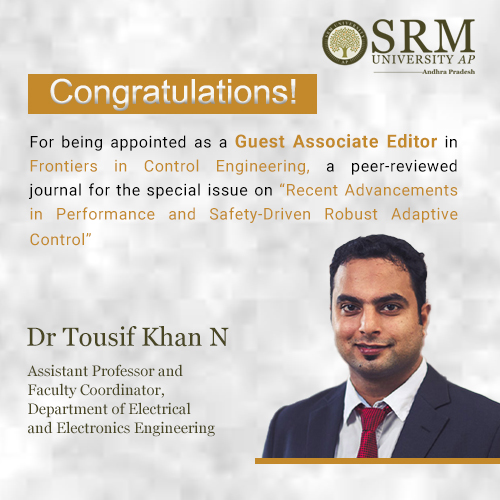 The Department of Electrical and Electronics Engineering is Proud to inform you that Dr Tousif Khan N, Assistant Professor, and Faculty Coordinator, has been appointed as a Guest Associate Editor in Frontiers in Control Engineering, a peer-reviewed journal for the special issue on “Recent Advancements in Performance and Safety-Driven Robust Adaptive Control.”
The Department of Electrical and Electronics Engineering is Proud to inform you that Dr Tousif Khan N, Assistant Professor, and Faculty Coordinator, has been appointed as a Guest Associate Editor in Frontiers in Control Engineering, a peer-reviewed journal for the special issue on “Recent Advancements in Performance and Safety-Driven Robust Adaptive Control.”This Research Topic is intended to give an insight into the latest development regarding the control design and analysis for the nonlinear systems under multiple uncertainties, matched and unmatched disturbances, measurement noises, actuator/sensor faults, and non-smooth nonlinearities. To render a promising control performance under resource-constrained communication networks, state constraints, control constraints, and other related issues are additional design objectives and the focus of this Research Topic.
In conclusion, developing an effective onboard implementable control approach for dynamical systems where safety, performance, uncertainty, and optimality are dealt with concurrently is the main objective of this special issue of the research journal Frontiers in Control Engineering.
Continue reading →

